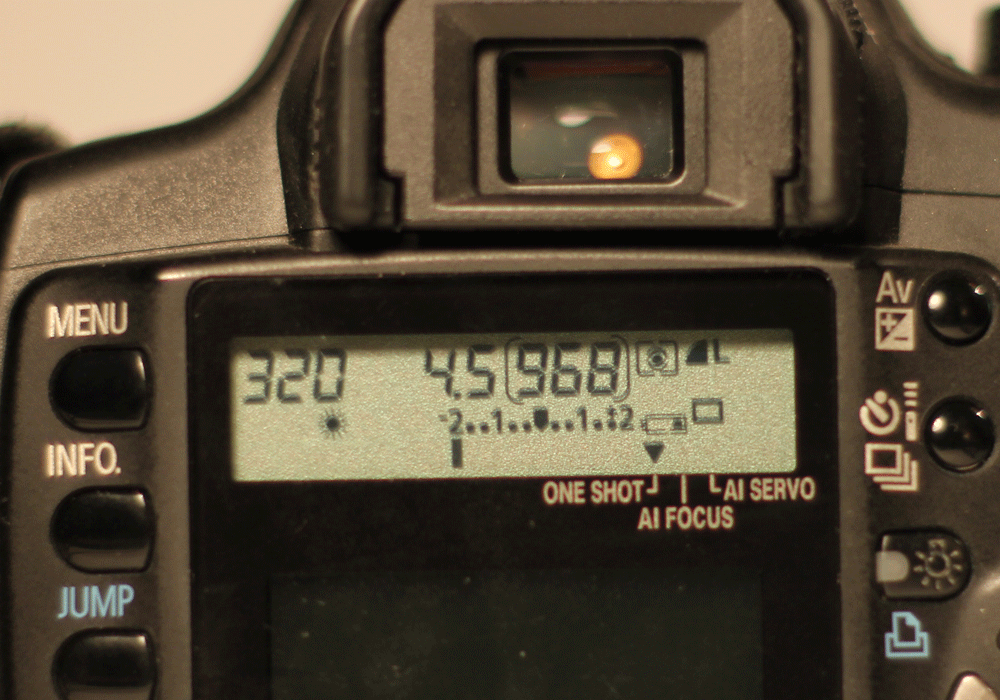
Caution:
All contents of this document are the property of Intellectual Property (IP) copyright of Focus archipelago, is prohibited to copy or move into the form, format or media whatsoever without the prior written consent (written consent) from Focus archipelago.
All contents of this document are the property of Intellectual Property (IP) copyright of Focus archipelago, is prohibited to copy or move into the form, format or media whatsoever without the prior written consent (written consent) from Focus archipelago.
The term metering in photography play an important role in determining exposure, in this case the brightness of images produced. Metering in principle is the process of measuring light as a reference camera to determine the optimal components of exposure (shutter speed, aperture and ISO). Logic will attempt to keep the camera metering exposure fitting where the resulting image has a dark area (shadow), the central area / gray (midtone) and light areas (highlights) impartial. Unlike the human eye, the sensor in a digital camera has a range of limited sensitivity to light so that the camera is difficult to reproduce the dark light conditions that match the original condition. Metering performance of a camera will be very decisive to avoid the images are too bright (over-exposure) or too dark (under-exposure).
In DSLR cameras, there is a light meter module that has multiple sensors (segment / area) light sensitive. This module will receive the light entering through the lens duty to send information to a DSLR camera processor to illustrate the measured light conditions. On the other digital cameras, direct metering process carried out by analyzing the intensity of light on some parts of the sensor CCD / CMOS. Both processes metering with a DSLR camera or a regular digital camera, we can find there are several options available metering modes. Various metering mode will work when we use a digital camera with an automatic or semi-automatic exposure (Program / Aperture Priority / Shutter Priority).
Choice of metering modes available on digital cameras including:
1. Multi segment / Evaluative / Matrix Metering
The first metering mode is commonly used mode in which the camera will determine the exposure by averaging measurements of light in all areas of the photo. In other words, the camera considers the measurement of light in all areas of the photograph has an equally important priority. In this mode the camera referring to the dark light of information received by all segments in light meter and then combining the results and averaged to determine the appropriate exposure. Each camera has a number of different segments and also averaging techniques are also different. The more segments are used for these measurements it will be more complete information received by the camera and the more accurate the results.
This mode is considered unreliable for most shooting situations (indoor and outdoor) and because the camera takes into account all segments of the photo field this mode is able to avoid the result that over-exposure photograph. But there are situations where this mode gives inaccurate results like landscape photography has a dominant element of the bright sky and high contrast.
2. Center-weighted Average Metering
In the second mode, the center-weight, the camera still rely on the measurement of many sensor area but a higher priority on field measurements middle of the photo (approximately 75% of the area of the photo) and not too into account the measurement of light outside the central area.
By using this metering mode, the central area generally be subject, can get a more precise exposure. This mode is suitable for facial portrait or other needs that are focused right exposure on the majority of the center of the photograph, while in the outer area may be a bit too bright or too dark.
3. Partial Metering
This metering mode as the name implies, only a partial measure of the central area of the sensor (approximately 15%) and will ignore the outside area, so it is suitable to cope with a brighter light from behind the object image (backlight).
When using the Multi Segment mode or Center-weight against the backlight still generate object silhouette, Partial metering mode can be used. However, because many areas outside that are not taken into account in the determination of exposure, outside the area can be very bright objects to experiencing clipping or blown highlights. This mode is suitable for facial portrait or other needs experienced backlight.
4. Spot Metering
In the spot metering mode named this camera measures only a small point of light on the plot (approximately 5% of the area of the photo) and will ignore 95% of the area besides the point earlier. This small point should be directed right at the object to be measured, if a little off the mark then the result will be different. Not all digital cameras offer this mode. This mode is useful for taking pictures in places where the lighting is very complex when not wearing the fashion spot will not obtain the appropriate exposure.
Usually the condition that forces us to use a spot meter is the current field image has contrast (light-dark difference) are very high, such as when shooting full moon. But if we are wrong in using this mode, the object to be photographed can be too bright or dark.
Keep in mind that the value of exposure there is no definitive standard. We only rely on eye to assess whether the resulting image already has the right exposure (sometimes rather dark picture or a little light does not mean the picture failed). If we think it turned exposure image produced by the camera is not in accordance with our wishes, can be overcome with exposure compensation (Ev) in the negative direction (darker) or positive (lighter). Can also use the help button locks exposure (exposure lock / AE-L), or the difficulty in obtaining a correct exposure can also be overcome with the help of reflectors or even flash.